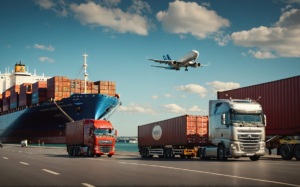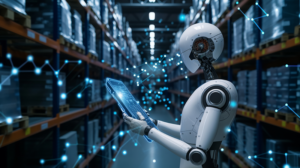Carriers need to be aware of the changes taking place in the Latin American supply chain. The reason is the major economies in this area are reshaping their logistics processes. A lot of investments are going to the region coming from businesses and governments; the main destination of the money is the supply chain.
The transformation is mainly due to two phenomena that are reshaping the entire global economy. The economic dispute between the United States and China and the growing need to be more sustainable.
Just as the Eastern giant included Latin American countries in the Belt and Road Initiative (BRI); the White House announced plans to boost supply chains in this southern region. The competition for this part of the Americas has just begun.
However, the industry cannot continue to behave as it did in the 20th or even the 19th century; the environment, communities, and social impact must be taken into account, especially in the face of such massive investments. For example, the Panama Canal has already changed its sustainability policies and intends to intensify them even more.
Carriers that invest in reducing their carbon footprint in more sustainable processes will get tax exemptions in Latin American ports. This is already a reality in many places and will soon become widespread.
1 – Why should carriers look for sustainability?
To clarify, transportation in the supply chain works like the veins in our body, they distribute what is needed to keep all the places alive and connected. If there is a serious disruption, the damaged sector can become gangrenous and die.
Economic strategists are well aware of the importance of carriers, which is why the investments that will come to this part of the industry will be as great as the new requirements. For instance, in a survey conducted in 2021 in Latin America, 6 out of 10 executives stated that sustainability is a profitable practice.
Adapting to the new reality is mandatory for carriers that intend to survive in the new Latin American supply chain. Sustainable ships, greener trucks, and investments in environmental preservation will become increasingly important. In addition to tax exemption policies, customers and investors are increasingly looking for sustainable companies.
All this is intensified when two competing powers on the world stage have declared plans to invest in the same region. The changes will be faster and more intense.
2- Digitalization helps carriers to become more sustainable.
Now, I would like to ask you two questions: Is it possible to ensure sustainability without visibility? Is sustainability of any use without transparency?
If your supply chain relies on manual processes, does not store information in a secure cloud, or has blind spots, your efforts to achieve sustainability will be lost. You have to fully map and connect the supply chain, thereby accessing the new era of logistics that is taking hold in Latin America.
With all your supply chain functions working in a single dashboard, you earn time, and information exchange becomes more fluid. With no communication silos or blind spots, monitoring and testing your sustainability policy is a much simpler task.
Therefore, you need to ensure the track of your shipments and the storage of your budgets and contracts in a secure, yet easily accessible place. After all, when you get a sustainable company, there is nothing better than making it known.
The solution you are looking for
Grydd’s smart operating system uses state-of-the-art technologies to centralize all your logistics functions in a single connection. We guarantee constant technological innovation to keep up with the world’s changes in a system adapted to your company.


















